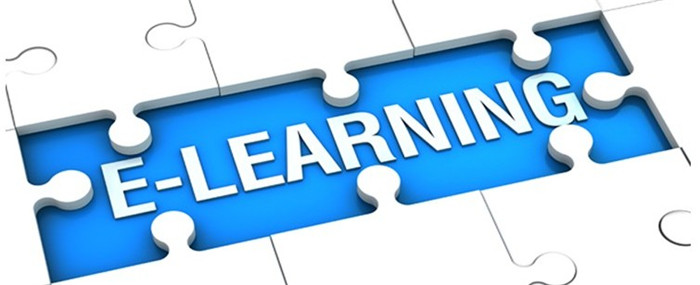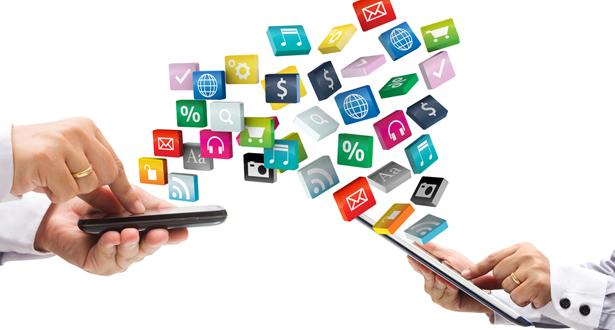6 Main Differences between eLearning and mLearning
Advancements in technology have really improved how and to what extent education is disseminated to students from all over the world. eLearning and mLearning are among the education technologies that have grown significantly over the past few years. While the two terms can be used interchangeably to describe a form of education delivered outside the brick-and-mortar classes, there are significant differences between the two. In this article, we are going to delve deeper into the meanings of each of these modes of learning, to help you get an insight of what they are all about.
Differences between eLearning and mLearning
Understanding the difference between eLearning and mLearning education is important for both the learner and the institutions offering the desired courses or programs. And when comparing the two modes of education, there are many aspects that come into play.
Below are some of key aspects that differentiate between these two cutting-edge technologies:
1. Definition
eLearning means electronic learning in simple terms. It's used to refer to a form of education where learning instruction is delivered via the internet using electronic devices like PCs and laptops. This mode of learning can be channeled through an online Learning Management System (LMS) or video conference system.

On the other hand mLearning refers to Mobile Learning. The term is basically used to depict a form of learning where knowledge is disseminated to students through handheld or portable devices. As you can see, both eLearning and mLearning utilize digital communication in delivering education. But that's as far as the similarities can go.

2. Purpose
eLearning is mainly geared towards teaching students specific skills or imparting in-depth knowledge on a given field or topic. For instance, eLearning can be appropriate when instructing learners how to operate machines, carry out lab tests or formulae organizational policies. In essence, eLearning takes on a structured, formal and time-bound format of teaching.
mLearning , on the other hand, is used to support an ongoing learning process by supplying learners with concise pieces of information. This mode of learning can be ideal when the instructor wants pass a to-do list or short but important info regarding a given subject. Hence, it can be described as on-demand, timely and context-aware form of education dissemination.
3. Time Gap between Assessments
With eLearning tools, there's usually a significant amount of time between knowledge dissemination and application of practical solutions in tests. Assessments or tests may take place weeks or months after learning, which makes its format longer and broader.
When someone is learning through the mLearning format, he or she is mostly required to make informed decisions and apply solutions immediately. Some modules even require a few minutes to finish. MLearning has a shorter gap between learning and application of the learned material. This mode of learning is mostly used by business leaders to assess employees' overall comprehension on a given topic or project ideas.
4. Medium of Delivery
eLearning is chiefly delivered through computers and laptops. It also employs the use of internet and may involve the use of video conferencing equipment or software. A perfect example of video conference software used in eLearning is the ezTalks Cloud Meeting. Using this online platform, instructors can host short classes online and interact with students via live full-HD audio and video streaming. With ezTalks a lecturer or instructor can deliver classes to hundreds of students from all over the world at the same time. This video conferencing software allows students to learn through text, image, audio and video files sharing. Learners using eLearning platforms are usually confined to their desks.
For mLearning, information is delivered to students over their smartphones and/or tablets. The learning instruction can be sent via text message or through a specific learning app. Learners can basically access learning materials from mobile device OS including Android, Windows and iOS. The only advantage to this mode of learning is that information can be consumed and acted upon from any location. However, designers are faced with the challenge of creating eLearning files that can download and open seamlessly.
5. Design
With eLearning, instructors and learners make use of desktop computers and laptops to deliver and/or consume education materials and instruction. That means learning is disseminated through large screens. It might also involve the use big LCD screens for live HD video streaming of lessons. With the use of such online video conference software as ezTalks Cloud Meeting, learners can enjoy learning lots of interactive features. The instructor can engage learners through instant screen sharing, innovative whiteboards and cross-platform chats. That gives students to explore a given topic or field of study using an array of tools and methods, which makes learning more fun and productive.
MLearning platform allows for sharing of learning information through mobile devices. That means mLearning files are designed for simple screens and simple navigation. Unlike eLearning, it doesn't involve detailed information, complex graphics or more media with less bandwidth restrictions. Rather, information is designed with bite-sized modules, 1 idea per screen, large buttons and simple navigation. The best thing about the mLearning design is that it can be used while on-the-go.
6. Learning Duration
eLearning programs not only feature more complex graphics but are also designed to allow learners to sit and learn for longer periods of time. Courses covered under this form of learning also tend to be broader in terms of coverage. However, those creating eLearning platforms should keep in mind the recommended 20 to 30 minutes maximum limit to lessons or learning sessions.
On the other hand, mLearning systems are designed for corporate learners and smartphone users who have limited time to learn. While creating mLearning courses, the designer should structure them into bite-sized pieces ranging between 3 to 10 minutes. Videos may be shared over eLearning system but shouldn't be more than 3 minutes long.
Conclusion
As you can see, eLearning and mLearning have some significant differences between them. However, that does not mean one of them is better than the other. In fact, the mLearning can perfectly be blended with eLearning to supplement course delivery. But for those who would want to adopt a more consistent method of learning or training, it can be better to settle for the more consistent between the two.